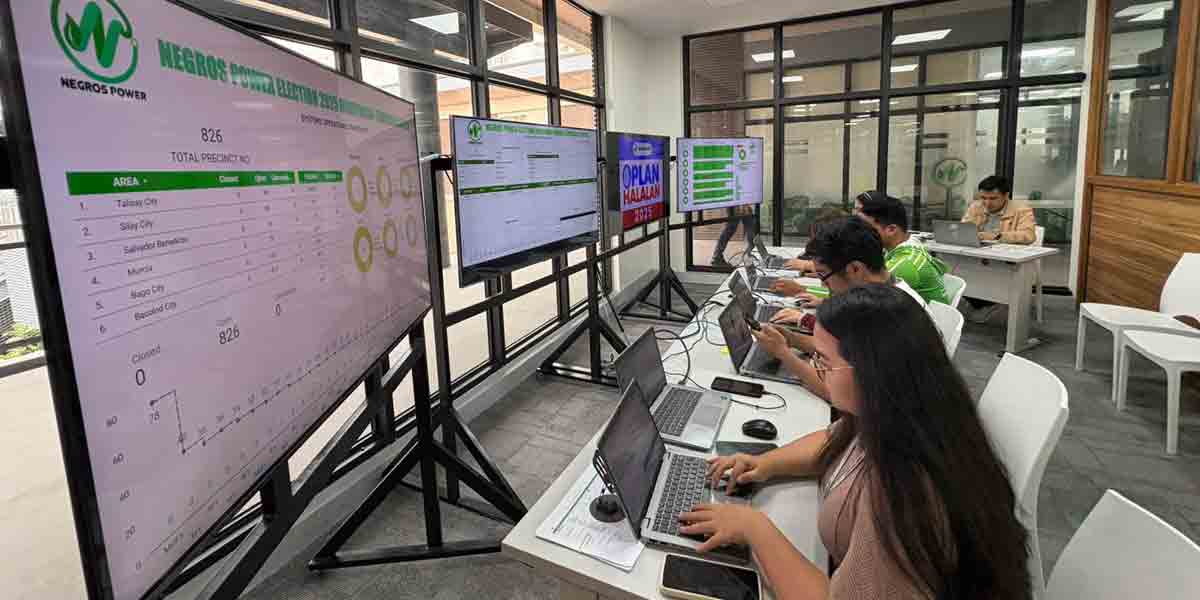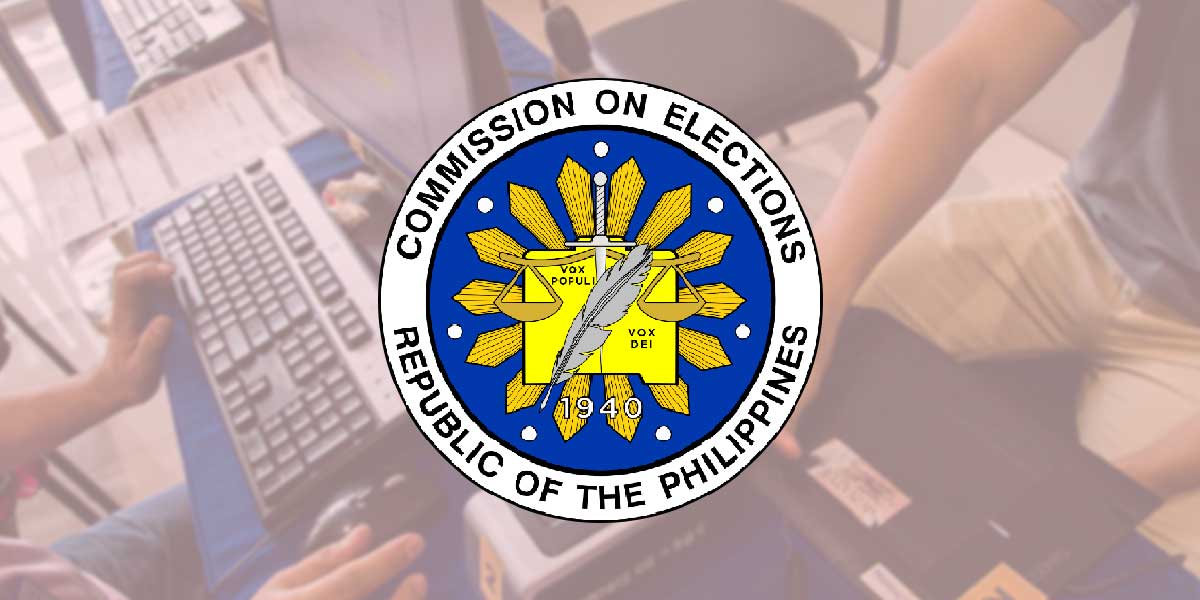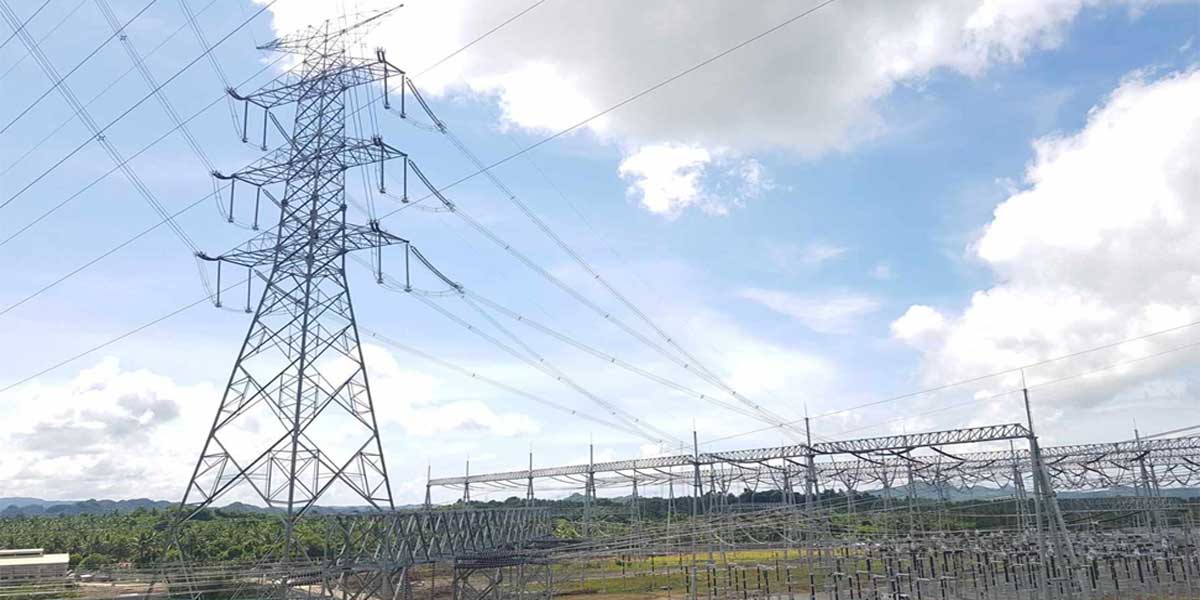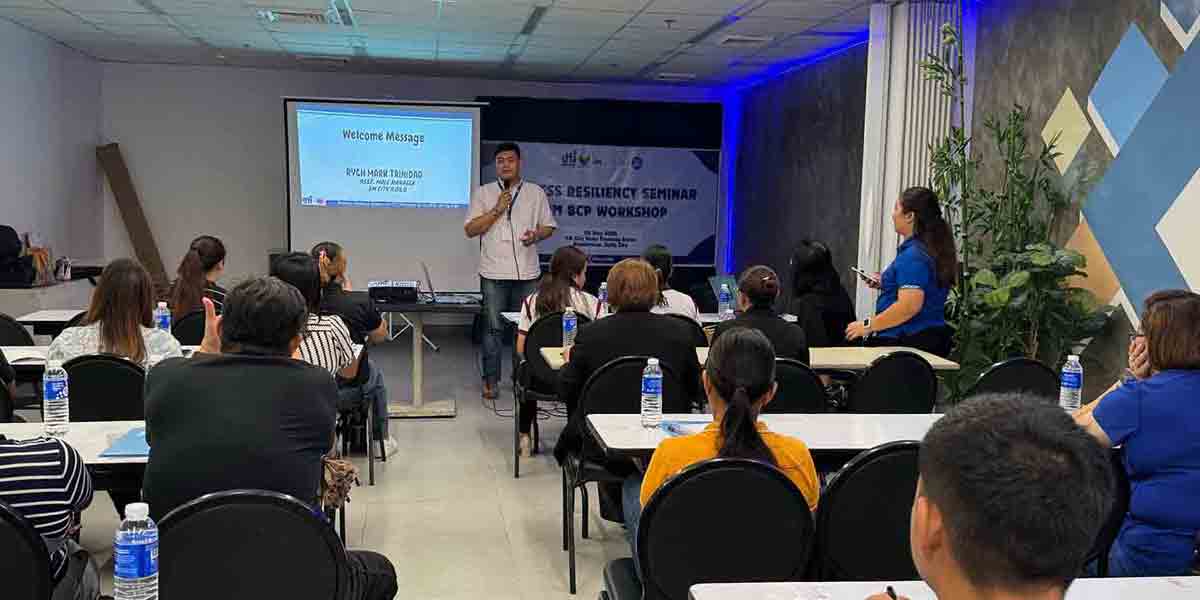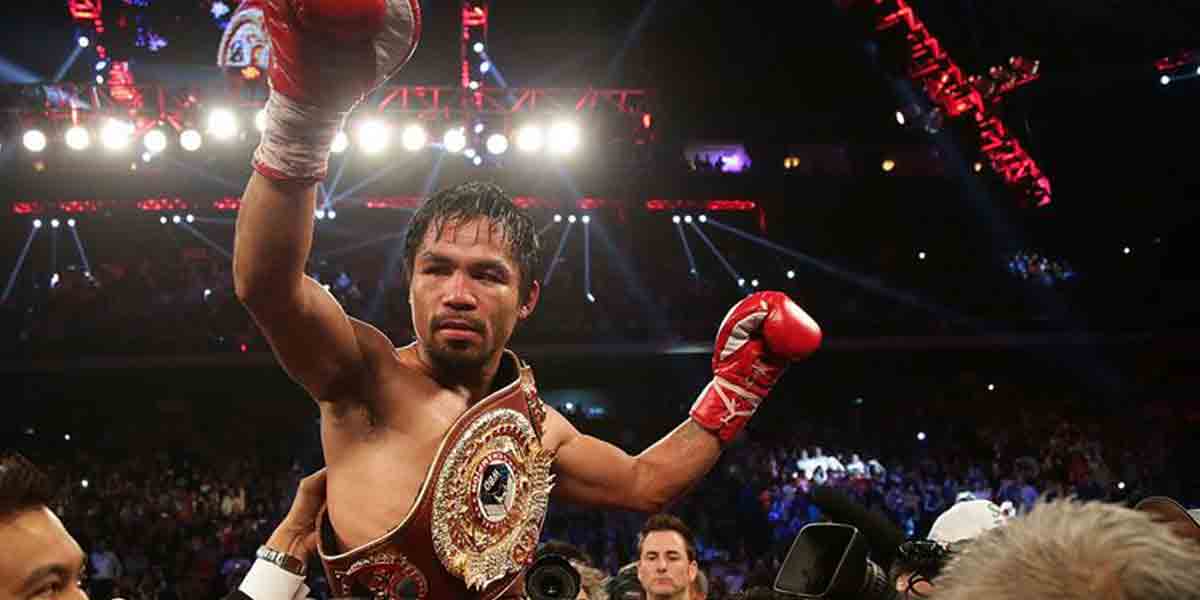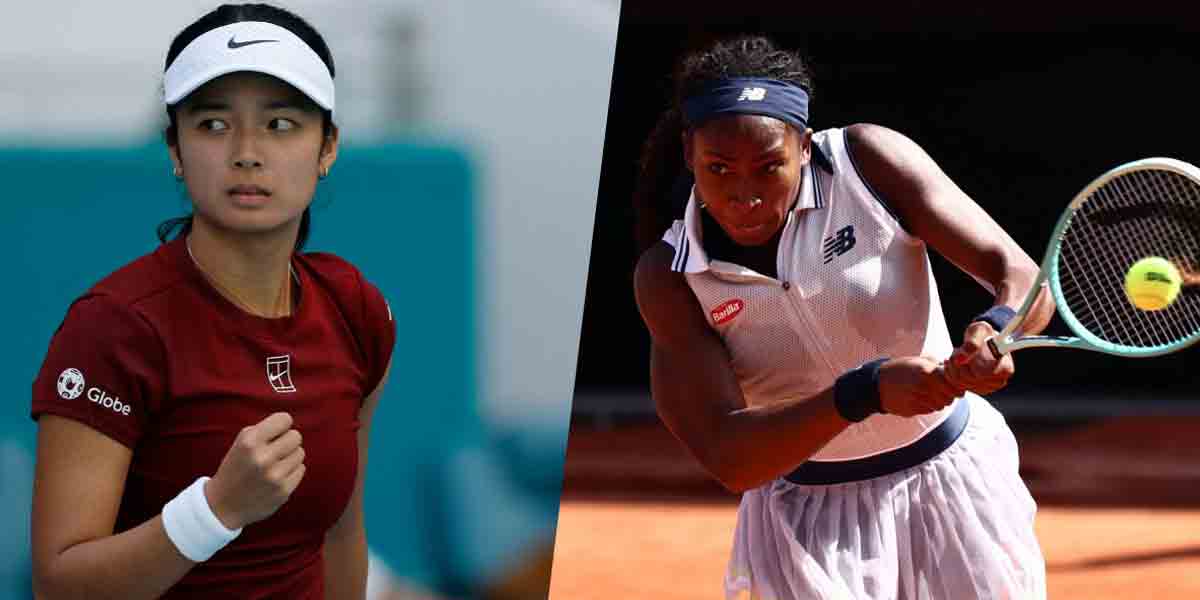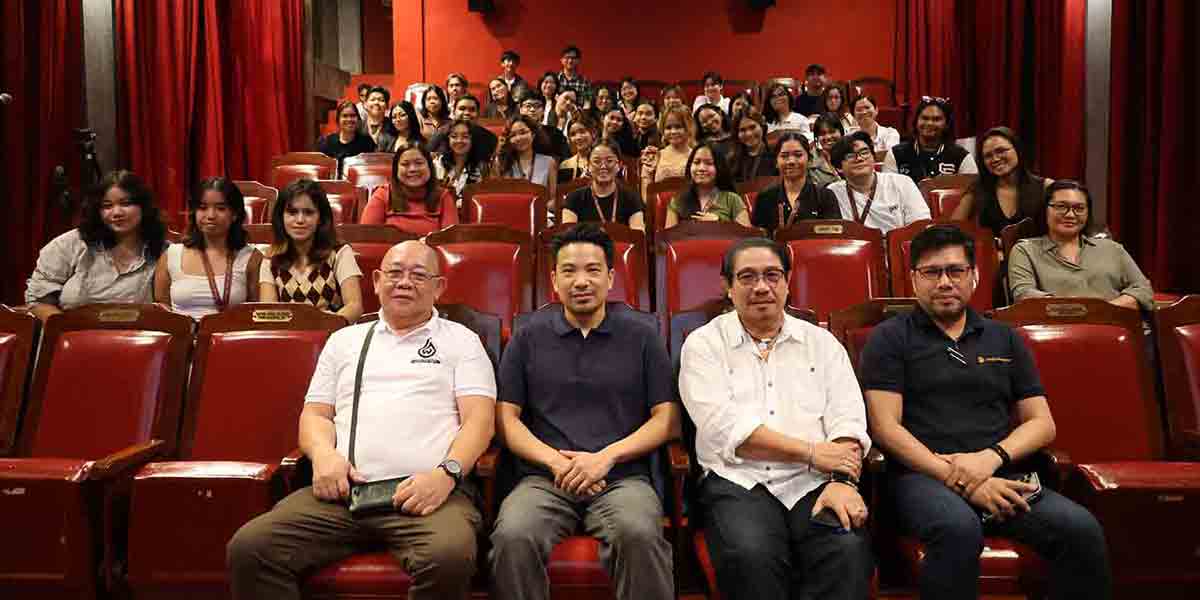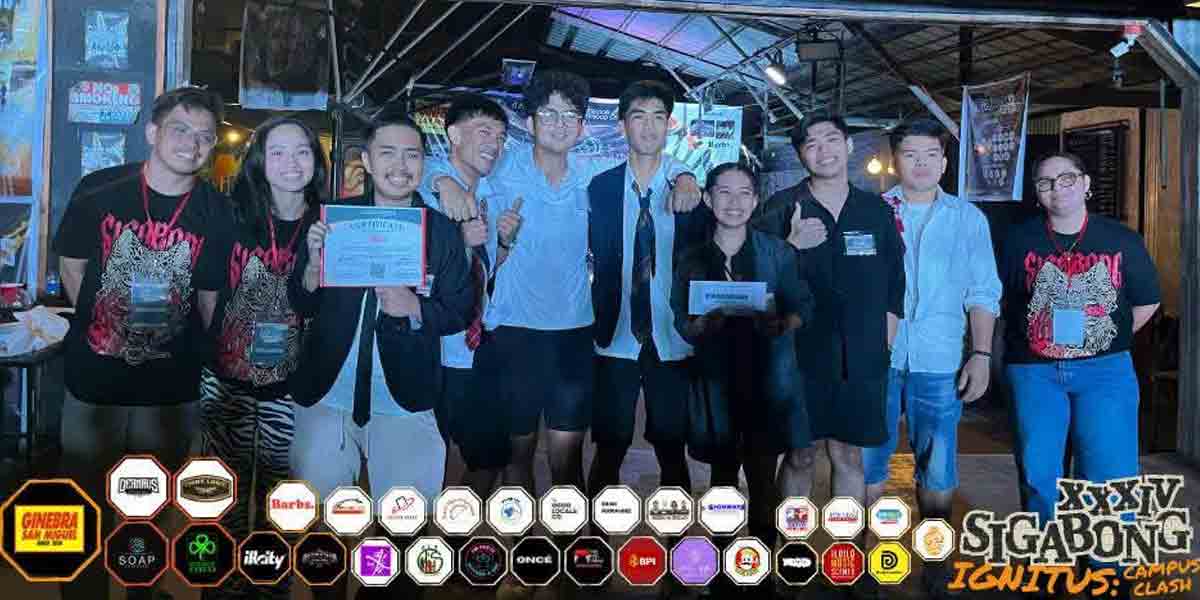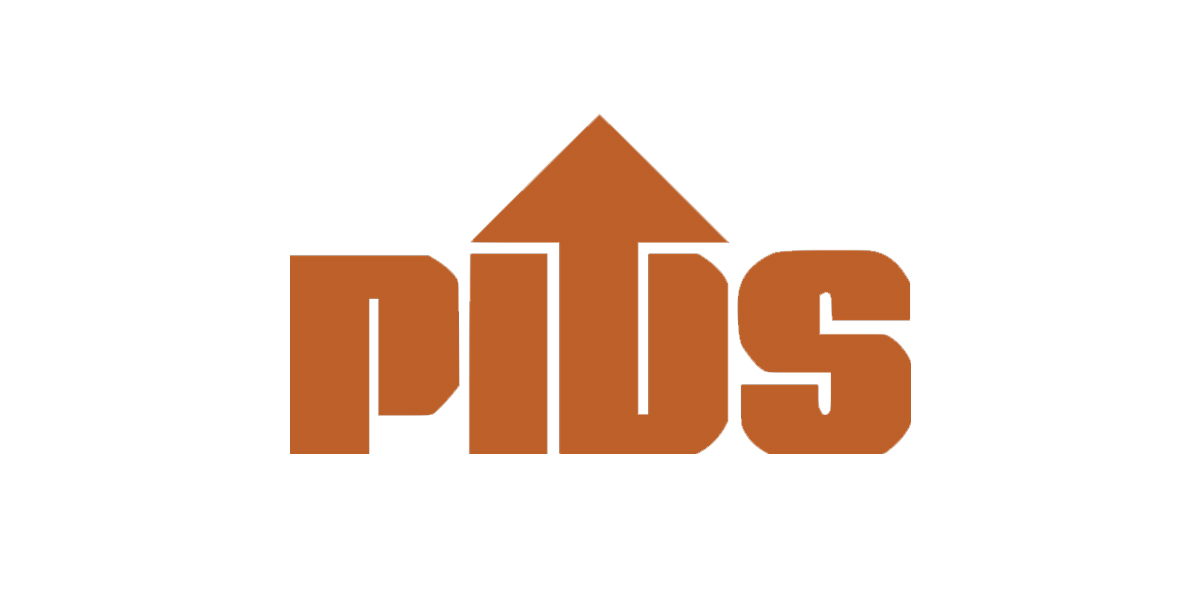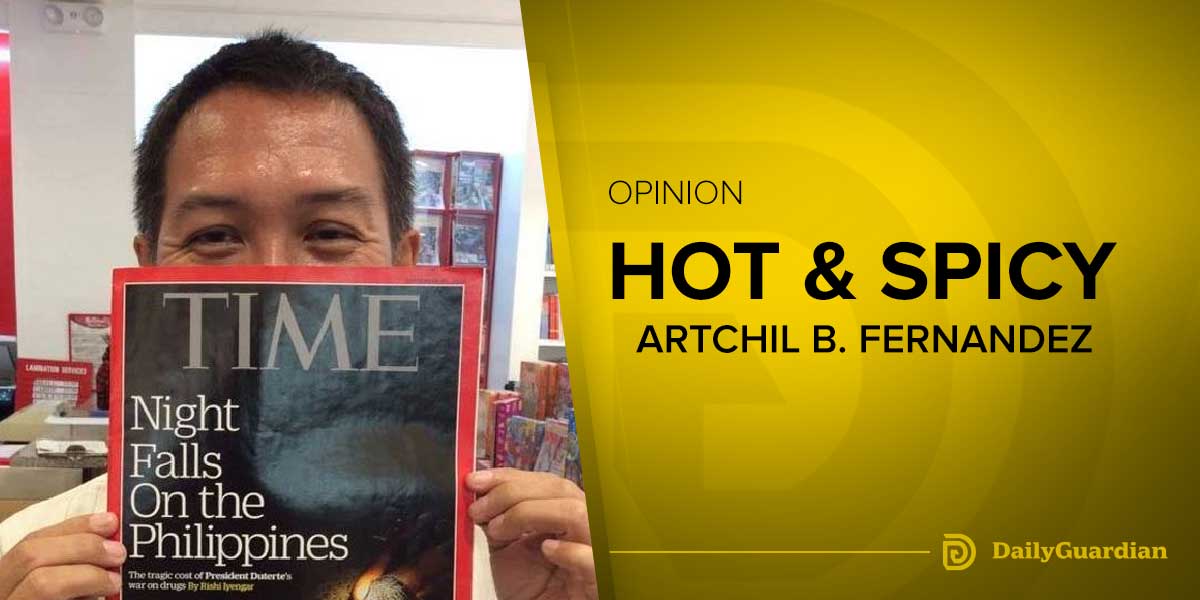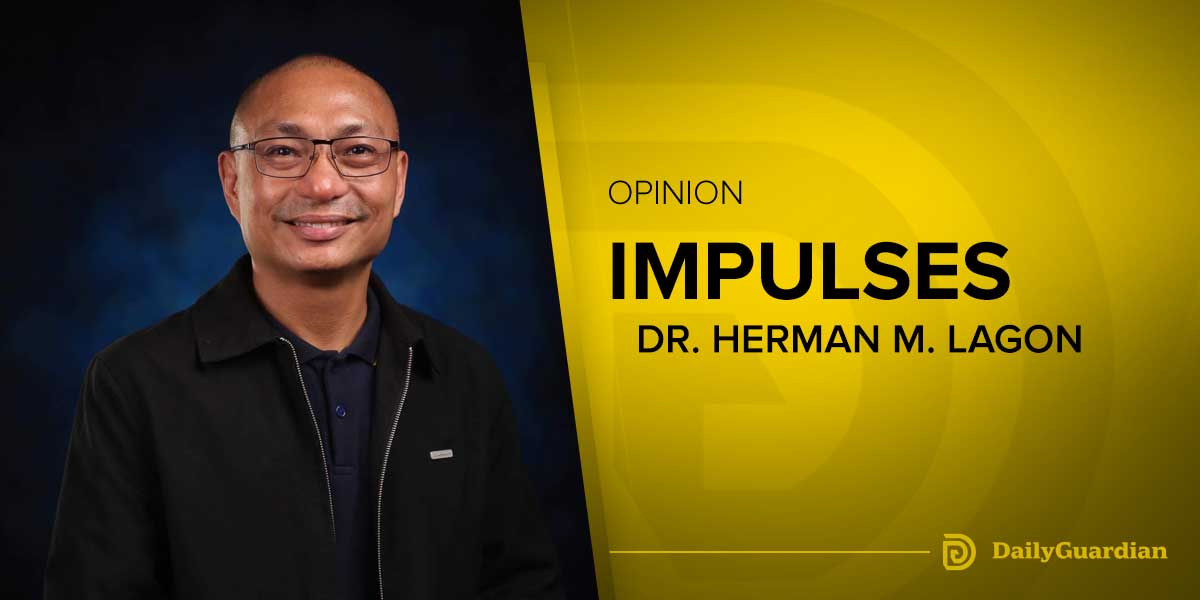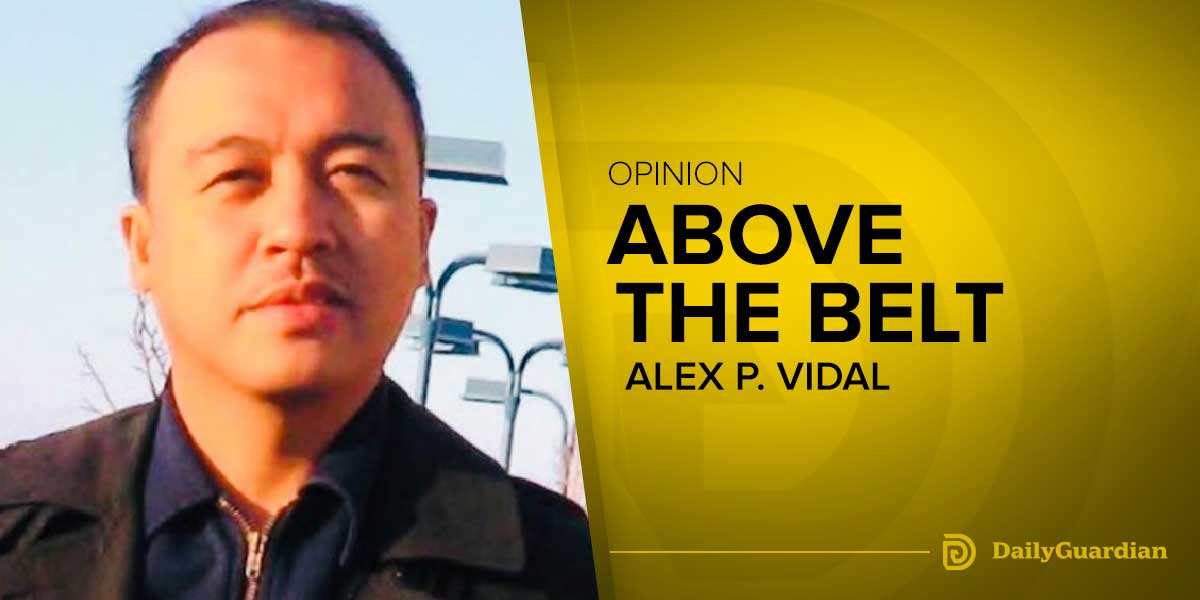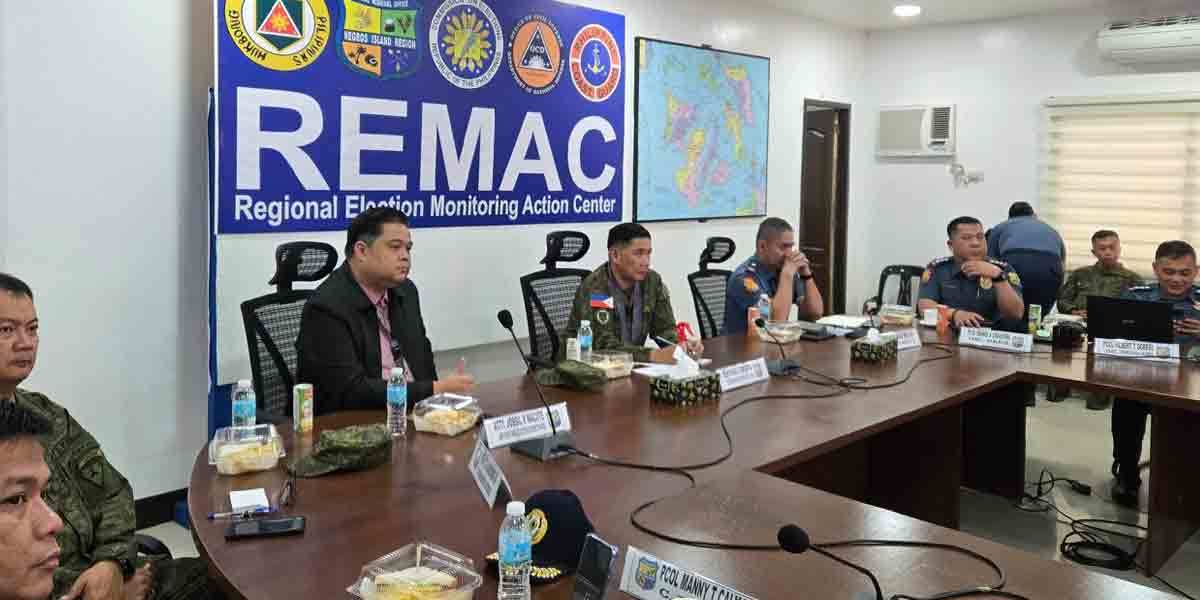The numbers are both comforting and alarming.
According to the latest Philippine Public Opinion Monitor (PPOM), three out of four Filipino voters believe they have access to accurate, relevant, and timely information. That’s the good news.
The troubling part? More than 60 percent remain deeply concerned about the spread of false information about candidates and elections. It is a paradox of our digital era—being informed yet vulnerable, knowing the problem but unsure how to fight it.
This paradox must jolt our institutions and communities into meaningful electoral reform, especially as we approach the 2025 midterm elections.
Disinformation has become a permanent feature of Philippine politics, and worse, it is now normalized. Past campaigns have shown how lies, half-truths, and emotionally charged narratives outperform facts in reach and impact. We saw it in 2016 and again in 2022—where entire online ecosystems were designed to manipulate history, vilify critics, and promote authoritarian nostalgia.
To understand this phenomenon, we must look beyond individual ignorance. Low-information voting, often dismissed as a symptom of a poorly educated electorate, is now being actively engineered. Politicians, populists especially, have refined the strategy: cater to emotional instincts, exploit grievance, and drown nuance in noise.
As political scientist Julio Teehankee noted, the old playbook—broadening appeal beyond one’s base—has been replaced by a more cynical formula: stoke outrage, command attention, and let the algorithm do the rest.
Indeed, the new battlefield is algorithmic.
Platforms like Facebook, TikTok, and YouTube are not just bystanders; they are amplifiers. Content that provokes anger, fear, or tribal loyalty often gets pushed to the top—not because it’s true, but because it’s profitable. The so-called “availability bias,” where we make decisions based on what’s most visible or memorable, is being weaponized through tech design.
And while efforts by the Commission on Elections (Comelec) to require registration of campaign accounts and monitor political ads online are commendable, they are insufficient. Regulation must evolve faster than the deception it seeks to contain. This means granting Comelec real digital jurisdiction: the power to demand algorithmic transparency from tech giants, to flag and suspend coordinated inauthentic behavior, and to enforce spending limits even on digital microtargeting.
At the same time, the solution is not purely technical or legal. It must be cultural and civic.
We must invest in voter education not as a seasonal lecture on ballot shading, but as a long-term campaign for critical thinking. Schools must teach students how to evaluate sources, spot logical fallacies, and question political narratives. Media organizations—especially community and regional outlets—must take the lead in providing explanatory journalism that contextualizes issues, not just personalities.
This is not merely a battle for the facts. It is a battle for the dignity of the Filipino voter.
Disinformation undermines free will. When people are systematically lied to and manipulated, their choices—however democratic on the surface—lose meaning. Reclaiming that dignity means ensuring that every vote is based on agency, not deceit.
There is reason for hope. The fact that many voters are now aware of disinformation is a sign of awakening. Civil society is more alert, and conversations on media literacy, fact-checking, and political accountability are growing louder. Initiatives by educators, journalists, and digital rights advocates must be sustained—and scaled.
We must reject the fatalism that “everyone gets disinformed anyway.” Awareness can lead to resistance. Resistance can lead to reform.
In the end, democracy is not just about casting a vote. It is about understanding the stakes, recognizing the manipulation, and choosing with both heart and mind. That takes a whole-of-society effort—where schools, newsrooms, tech platforms, and institutions work together to build an electorate that is not only informed, but empowered.
Fighting disinformation is not about nostalgia for a pre-digital past. It’s about shaping a future where truth has a fighting chance—and where voters can participate with clarity, conscience, and confidence.

